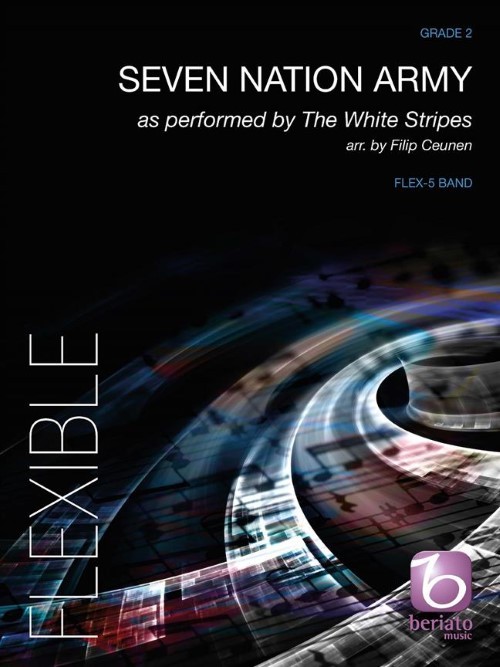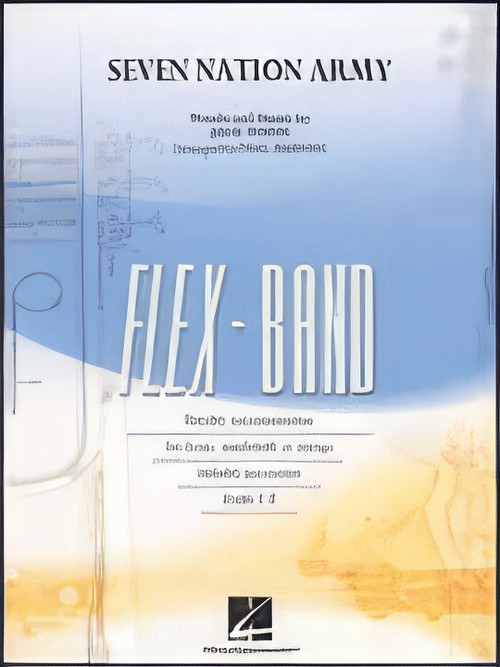Results
-
 £76.00
£76.00The Army Of The Nile - Kenneth J. Alford
Estimated dispatch 7-14 working days
-
 £76.00
£76.00The Great Little Army - Kenneth J. Alford
Estimated dispatch 7-14 working days
-
 £78.20
£78.20Emblem Of The Army - Arthur Gullidge
Estimated dispatch 7-14 working days
-
£60.80
Army In Progress - Geert Flik
Estimated dispatch 7-14 working days
-
 £38.20
£38.20 -
 £87.00
£87.00Vanished Army - Kenneth J. Alford
Kenneth J. Alford (1881-1945) was 6 years into his first Bandmastership when Great Britain declared was on Germany. Alford's response to the one hundred thousand annihilated forces was this Poetic March in their honor and memory.
Estimated dispatch 7-14 working days
-
 £68.99
£68.99Seven Nation Army (Flexible Ensemble - Score and Parts) - Ceunen, Filip
There aren't many football games without large crowds yelling this famous baseline. People could almost forget that it's a complete song by the American band 'The White Stripes'. This 5-voiced flexible band arrangement allows every band to play this joyful arrangement. Get your audience fired up!
Estimated dispatch 7-14 working days
-
 £64.99
£64.99Seven Nation Army (Flexible Ensemble - Score and Parts) - White, Jack - Murtha, Paul
Recorded by The White Stripes in 2003, this familiar rock hit has become a favourite at sporting events. Paul's energetic arrangement for flexible instrumentation features the signature bass line riff along with a hard-driving style throughout.
Estimated dispatch 7-14 working days
-
 £24.95
£24.95ARMY OF THE NILE (Military Band) - Alford, Kenneth J.
Marchcard-size. Quick March.
Estimated dispatch 7-14 working days
-
 £64.95
£64.95Fanfare and Soliloquy (Warner Chappell Army Journal Wind Band No.860) - Sharpe, Trevor Lee
Fanfare and Soliloquy is a work designed to show the contrasts of tone colour between brass and woodwind in the symphonic band. It opens with a rising declamatory section which precedes the initial statement of the brass theme. The final section is played Marcato with the last three bars being slow and pronounced.
Estimated dispatch 7-14 working days
